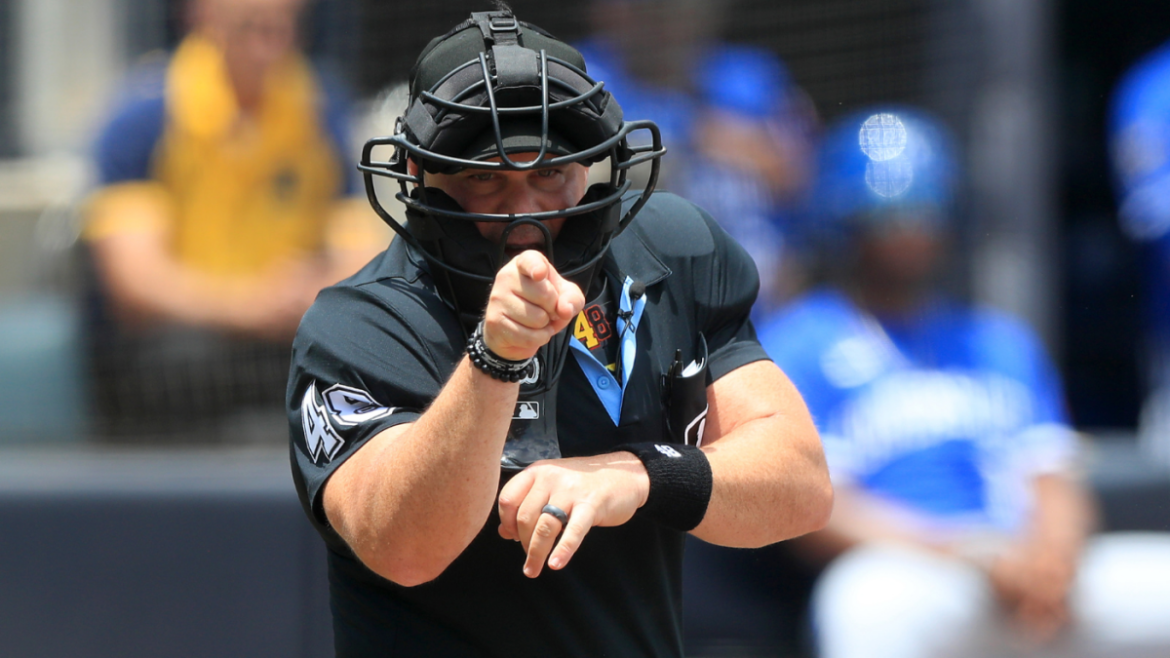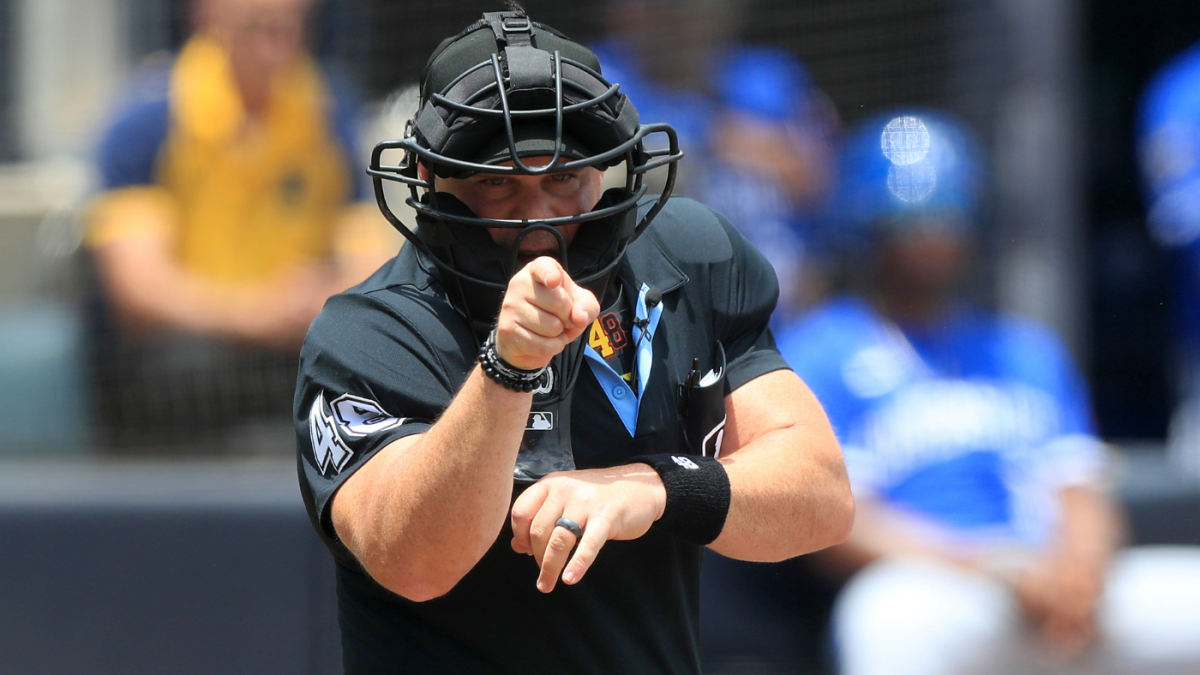The Evolution of the Strike Zone in Major League Baseball
The Changing Landscape of the Strike Zone
Major League Baseball (MLB) has undergone significant changes in how the strike zone is evaluated and enforced, leading to a noticeable shift in the game’s dynamics. The strike zone, defined as the area above home plate and between the batter’s knees and the midpoint of their torso, has historically been subject to interpretation by umpires. However, recent adjustments in umpire evaluations and the introduction of automated systems have altered the landscape, affecting players, coaches, and fans alike.
The Impact of Umpire Evaluations
Changes to the way MLB evaluates umpires have resulted in fewer called strikes on the edges of the zone. This shift is part of a new labor agreement with the umpires’ union, aimed at improving the accuracy of strike calls. Statcast data indicates that calls have been more accurate in the early part of the 2025 season than in any year since 2015. This accuracy is crucial, as umpires traditionally had a buffer zone that allowed for some leeway on tightly contested pitches. The reduction of this buffer has led to fewer strikes being called on pitches that previously would have been deemed strikes.
The Role of Technology
Technology has played a pivotal role in the evolution of the strike zone. Systems like PITCHf/x and the Zone Evaluation System have been employed to create a more uniform strike zone. PITCHf/x, which debuted during the 2006 playoffs, uses a camera-based system in every stadium to measure pitch trajectories. This data has been instrumental in identifying discrepancies between the called strike zone and the rulebook-defined zone.
The introduction of the automated ball-strike (ABS) challenge system during spring games has further highlighted the differences between the umpire-called zone and the ABS zone. For instance, in 2-2 counts, the umpire-called zone was 449 square inches, while the ABS zone was 443 square inches. This slight difference can have significant implications for the outcome of games, particularly in high-pressure situations.
Player and Coach Reactions
Players and coaches have expressed surprise and frustration with the new strike zone adjustments. The practical effect has been fewer strikes in areas that previously were regularly called strikes. This shift has caught many players off guard, as they were accustomed to a more lenient interpretation of the strike zone. The changes have led to more walks, fewer balls in play, and an overall increase in strikeouts, altering the strategic landscape of the game.
The Future of Umpiring
The push for automated strike zones and the use of technology in umpiring has raised questions about the future role of human umpires. While technology can provide more accurate calls, it also removes the human element that has been a part of baseball for over a century. The debate over whether robot umpires will replace human umpires continues, with proponents arguing for increased accuracy and consistency, and detractors highlighting the potential loss of the human touch in the game.
The Optics Problem
The strike zones superimposed on broadcasts often do not match the zones used by the league to grade umpire performance. This discrepancy can undermine the credibility of umpires, as viewers may perceive inaccuracies where none exist. The league’s efforts to standardize the strike zone and improve umpire evaluations are steps towards addressing this optics problem, but challenges remain in ensuring consistency across all games.
Conclusion: A New Era for the Strike Zone
The evolution of the strike zone in MLB marks a significant shift in how the game is officiated and perceived. The introduction of technology and changes in umpire evaluations have led to a more accurate and consistent strike zone, but not without controversy. Players, coaches, and fans are adapting to a new reality where the strike zone is more strictly enforced, and the human element of umpiring is increasingly supplemented by technology.
As MLB continues to refine its approach to the strike zone, the balance between accuracy and tradition will be crucial. The league’s efforts to standardize the strike zone and improve umpire evaluations are steps towards a more equitable and consistent game, but the debate over the role of technology and the future of umpiring will undoubtedly continue. The strike zone may have shrunk, but the conversation around it is far from over.





